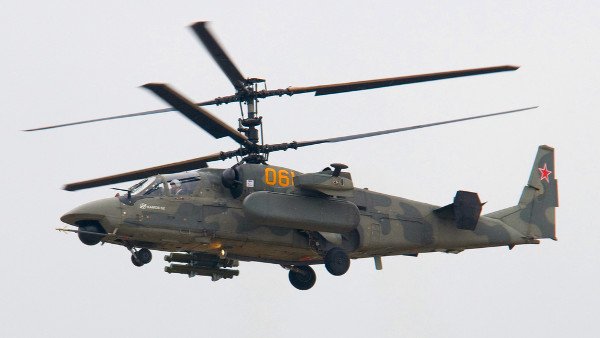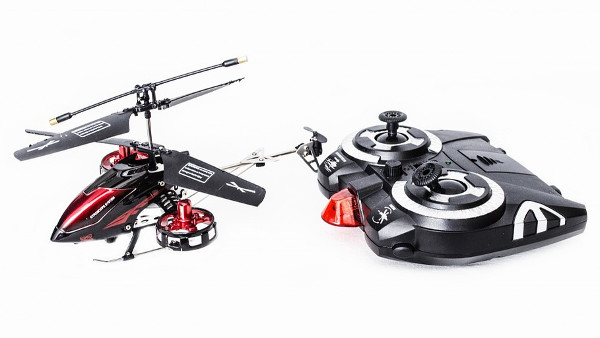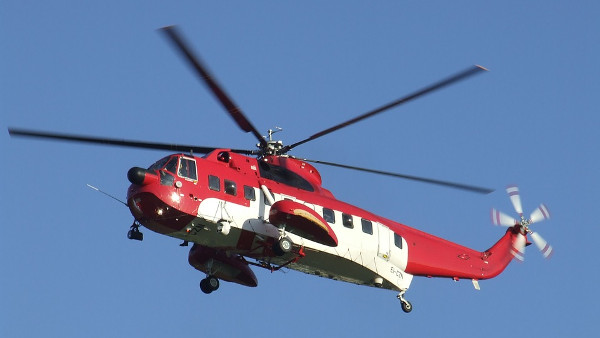Why Do Helicopters Have a Small Propeller on the Tail?
Get answers to:
- What is a rotational force called?
- Why do some helicopters have two counter-rotating blades?
- What would happen if the tail rotor was not present?
Your first thought might be that the small propeller (rotor) on the end is for steering the helicopter, but it’s not. It is there because of Newton’s Third Law: For every action, there is an equal and opposite reaction.
Let’s start with a simple example: a person pulling on a rope attached to a wall.

It is obvious the person is applying a force to the rope. It is less obvious that the wall is applying a force in the opposite direction.
We can see this more clearly if we replace the wall with a person pulling in the other direction. It should be obvious that both persons are applying a force to the rope. In order for the persons to remain in the same position, they both must be pulling with the same force.

For the rotor blades at the top of the helicopter to rotate, a force must be applied to it. A force that causes rotation is called torque. Where does this force coming from? It comes from the engine which is attached to the helicopter. If the force turns the rotor blades clockwise, then an equal and opposite counterclockwise force must be applied to the engine. Since the engine is attached to the helicopter body, the helicopter body will rotate counterclockwise. If the helicopter is on the ground, perhaps friction (another force) will keep the helicopter from rotating, but once it is in the air, there will be no opposing force and the body will spin in a direction opposite to the rotor blades.
The small rotor on the side provides a force which counters the torque and keeps the body of the helicopter from rotating.
This isn’t the only way to counteract the torque. A second set of rotors blades rotating in the opposite direction of the first can also do this (called a coaxial configuration). In this case, two torques – one clockwise, the other counterclockwise – are being applied to the rotors and balance each other out.

The tail rotor is a simpler design, but energy is wasted countering the torque. The coaxial design is more complicated but takes energy that would have been used to counter the torque and applies it to lift.
Coaxial rotors are often found on toy helicopters because it greatly improves the stability of the helicopter.

